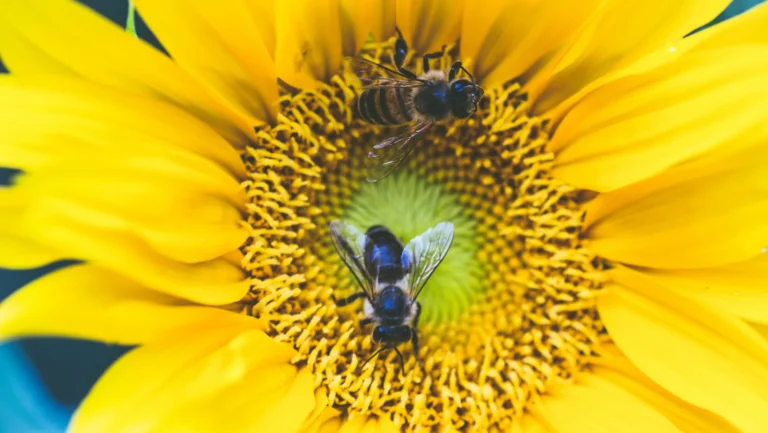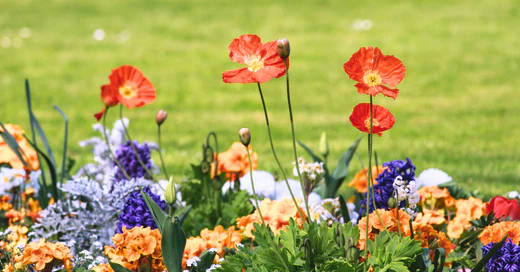The ultimate guide to optimal automatic irrigation system in your garden
Welcome, garden enthusiasts! Whether you’re a seasoned gardener or just starting out, one thing we all strive for is the perfect watering system. Effective irrigation is key to a thriving garden, and today we’re diving into the best tips and tricks for setting up an optimal irrigation system. From drip irrigation to DIY solutions, we’ve got you covered. Let’s get started!
Why choose an irrigation system?
Using an irrigation system in your garden helps ensure that your plants get the right amount of water consistently. It saves time, conserves water, and can even boost plant health by providing precise watering.
Key benefits of an irrigation system
- Consistency: Delivers water directly to the plant roots.
- Efficiency: Reduces water waste.
- Convenience: Saves time and effort.
- Health: Prevents overwatering and underwatering.
Types of irrigation systems
- Traditional Sprinkler Systems
- Drip Irrigation Systems
- Soaker Hoses
Today, we’re focusing on drip irrigation, a highly efficient and customizable option.
Setting up a drip irrigation system
Materials You’ll Need:
- Mainline tubing
- Drip emitters
- Connectors and fittings
- Pressure regulator
- Filter
- Timer (optional)
- Stakes or clips
Step-by-step guide
- Plan Your Layout:
- Sketch your garden layout and mark where each plant is located.
- Decide where to place the mainline tubing and emitters.
- Example layout:
- Install the Mainline Tubing:
- Lay the mainline tubing along the rows of plants.
- Secure it with stakes or clips to keep it in place.
- Attach Drip Emitters:
- Insert emitters at each plant location.
- Use connectors and fittings to secure them to the mainline tubing.
- Set Up the Water Source:
- Connect the mainline tubing to your water source.
- Install a pressure regulator and filter to ensure a steady flow of water.
- Add a Timer (Optional):
- For automated watering, add a timer to your system. Set it to water your plants at optimal times (e.g., early morning or late evening).
Tips for optimal irrigation
- Adjust Emitters Based on Plant Needs:
- Some plants need more water than others. Adjust the flow rate of your emitters accordingly.
- Example: Tomatoes need more water than succulents.
- Monitor and Adjust:
- Check your system regularly to ensure everything is working correctly.
- Adjust the emitters and timer settings as needed based on weather conditions and plant growth stages.
- Mulch Around Plants:
- Adding mulch around your plants helps retain moisture and reduces evaporation.
Example of optimal irrigation for a garden
Imagine you have a mixed vegetable garden with tomatoes, lettuce, and carrots. Here’s a simple irrigation plan:
- Tomatoes:
- Place emitters close to the root zone.
- Use emitters that release 1-2 gallons per hour (GPH).
- Water deeply and less frequently (e.g., every 2-3 days).
- Lettuce:
- Place emitters closer together to cover the shallow root system.
- Use emitters that release 0.5-1 GPH.
- Water more frequently but with less volume (e.g., every day).
- Carrots:
- Place emitters along the row, ensuring even coverage.
- Use emitters that release 1 GPH.
- Water consistently to keep the soil moist but not soggy (e.g., every 1-2 days).
By tailoring your irrigation system to the specific needs of each plant, you can ensure optimal growth and health throughout your garden.
Setting up an efficient irrigation system might seem daunting at first, but with the right approach and tools, it can be a game-changer for your garden. Drip irrigation systems are particularly effective, offering precision and efficiency. Remember to plan your layout, adjust according to plant needs, and regularly monitor your system.
Happy gardening, and may your plants thrive with the perfect amount of hydration! 🌿💧
Need more tips and tools? Check out our full range of gardening supplies at Grow Your Sprout.




Leave a comment